Do you know how to recognize and prevent insider threats in your organization? Threats within a business are often overlooked or underestimated, despite being a major risk to companies of all sizes. In this guide, we’ll discuss what these threats are, why they happen, and most importantly, how to identify and mitigate them.
What Are Insider Threats?
Insider threats are security risks within an organization, typically from employees or contractors with access to sensitive data and systems. These individuals harm the company by theft, fraud, sabotage, or espionage, whether intentional or unintentional. The most common types include:
- Negligent Employees: These individuals may not have malicious intent, but their actions cause harm. For example, an employee may accidentally disclose sensitive information or fall victim to a phishing scam.
- Disgruntled Employees: These individuals hold a grudge against the company and may intentionally cause damage. This could include sabotaging systems, stealing data, or disclosing confidential information.
- Malicious Insiders: These individuals deliberately plan to harm the organization for personal gain or on behalf of a competitor. They have access to sensitive information and may use it for extortion, fraud, or espionage.
It’s easy to believe that these threats don’t exist within your company—but unfortunately, that’s not the case. In the IT industry alone, businesses report three insider disruptions per week. This staggering number highlights the importance of recognizing and addressing insider threats.
How to Recognize the Warning Signs
Threats within your business can be difficult to detect since they mimic normal employee behavior. However, there are some red flags that you should watch out for:
- Sudden changes in behavior
- Unusual work patterns, such as working odd hours or accessing data outside of their job scope
- Displaying anger or resentment towards the company
- Financial difficulties or sudden lifestyle changes that may indicate financial motives for insider attacks
- Excessive or unauthorized use of company resources and systems
7 Insider Threat Prevention Strategies
Prevention is key when it comes to mitigating threats from within your organization. Here are seven strategies you can implement in your organization:
1. Employee Training and Awareness
Ensure all employees become aware of any risks and potential consequences. Training should teach how to handle sensitive information, identify phishing attempts, and report suspicious behavior.
2. Access Control and Monitoring
Limit access to sensitive data and systems. Monitor and audit employee activity to identify unauthorized access or unusual behavior. Implement a system for revoking access immediately upon termination or resignation.
3. Whitelisting and Blacklisting
Whitelisting can prevent users from accessing unauthorized websites or applications, while blacklisting can block known malicious sites. This reduces the risk of employees falling victim to phishing attacks.
4. Create an Insider Threat Response Plan
In the event of a potential insider risk, having a response plan in place can help mitigate risks and minimize damage. This plan should include steps for investigation, containment, and recovery. A general plan isn’t good enough—tailor each step to your business’s risk appetite and threat landscape.
5. Security Information and Event Management (SIEM) Systems
SIEM systems can help detect and alert you to potential threats by correlating data from various sources. They can also automate some response actions to reduce the risk of human error.
6. User Behavior Analytics (UBA)
UBA tools use machine learning algorithms to detect unusual behavior and patterns that may indicate malicious intent. They can also alert you to potential threats in real time. Take advantage of this technology to identify insider risks that traditional security measures may not detect.
7. Build a Supportive Work Environment
A supportive work environment can result in happier employees and reduce the risk of these threats. Encourage open communication, listen to employee concerns, and have policies in place for anonymous reporting.
How to Continuously Adapt and Improve Your Defense
Boosting defense against insider risks is all about staying ahead of the game. Make sure to keep your security policies up to date to match new threats. It’s also a good idea to perform periodic insider threat risk assessments to spot any weak spots.
Rely on TrinWare for Proactive Cybersecurity Solutions
At TrinWare, we specialize in providing proactive cybersecurity solutions to help businesses protect their sensitive data. Our team of experts can assist you in implementing security measures tailored to your organization’s unique mission and critical assets. Contact us today to learn more.


